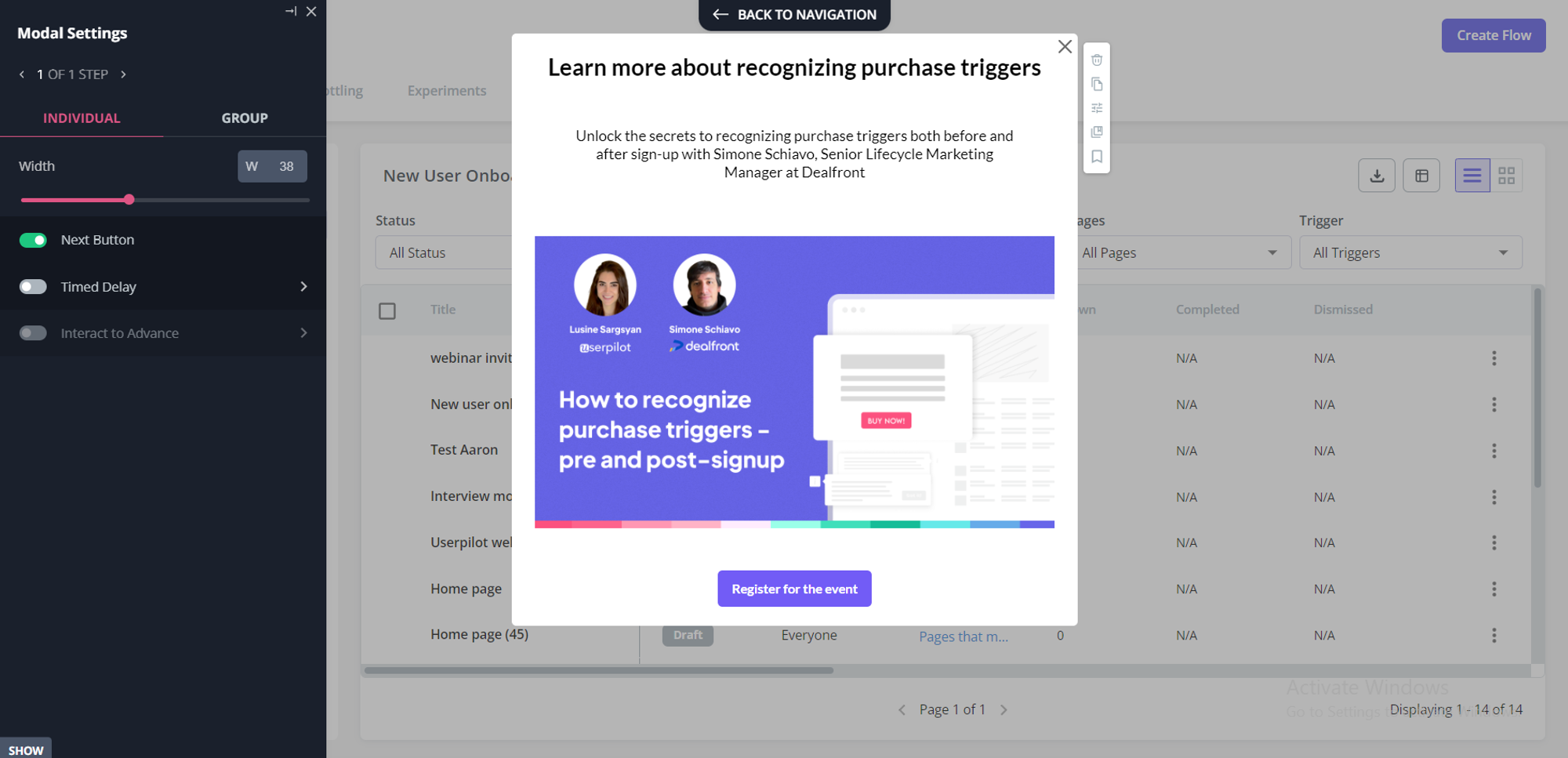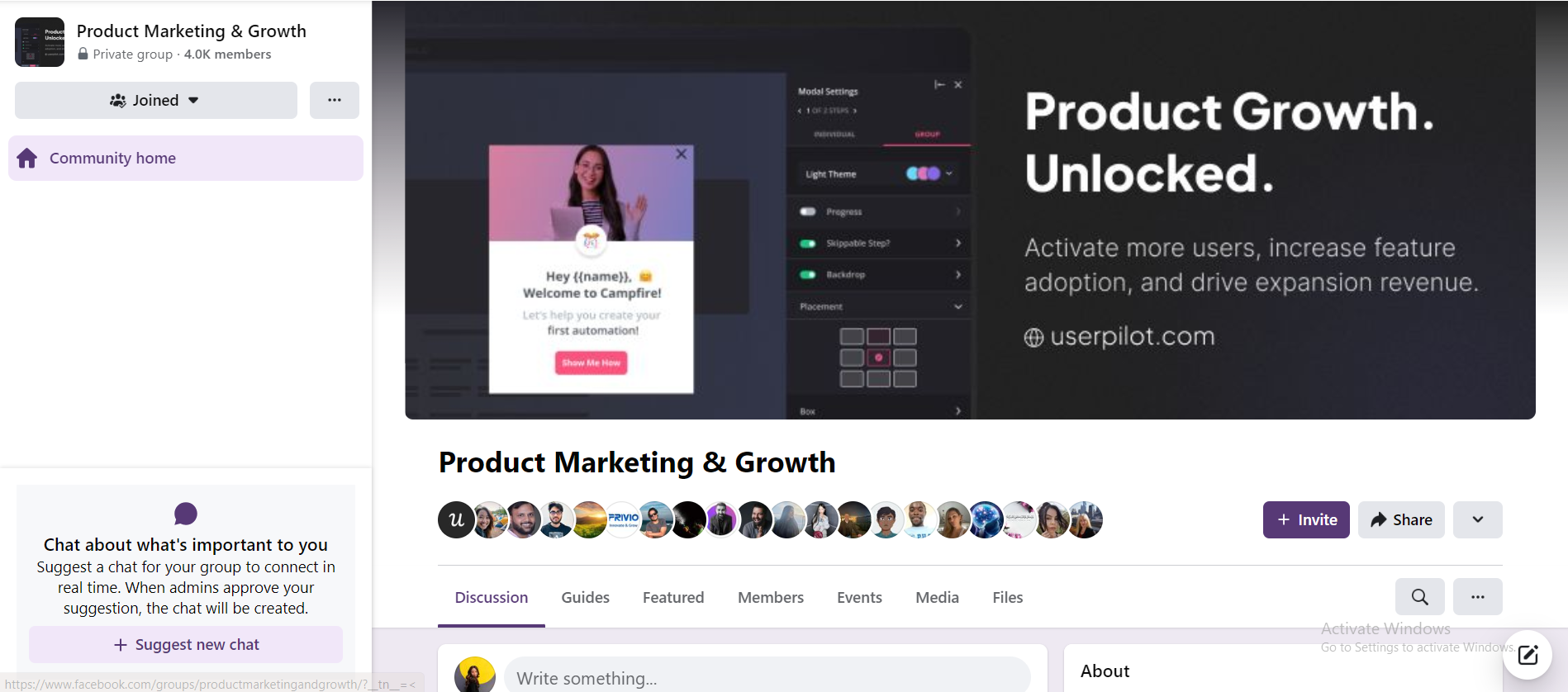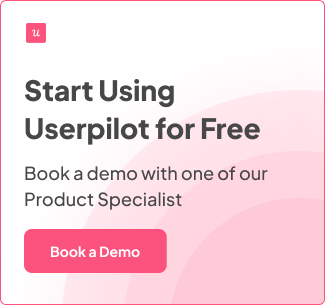How to Elevate Customer Education & Reduce Churn
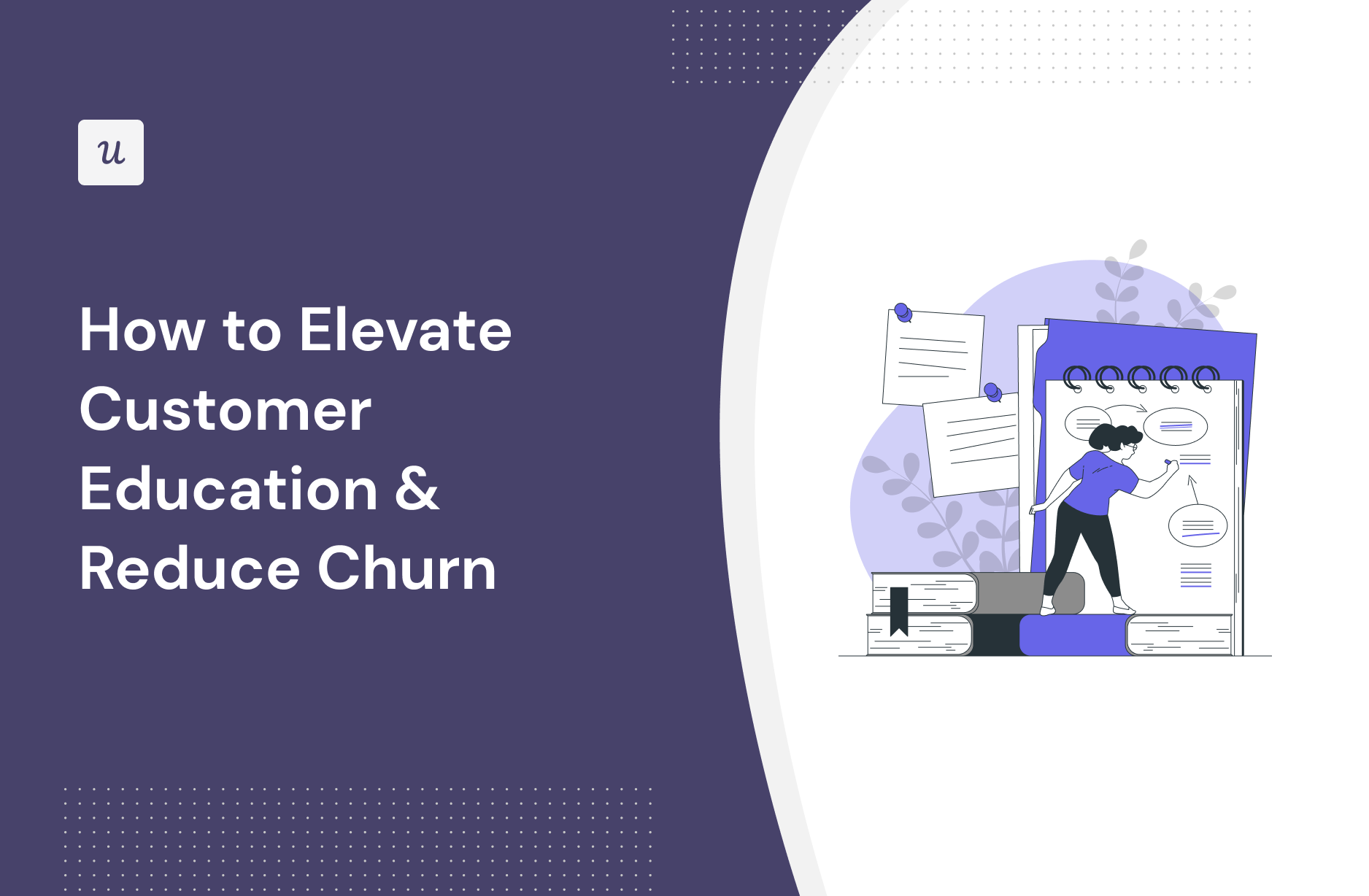
If you want to reduce customer churn and ensure customers stick around for longer, you need to start focusing on customer education.
Alas, customer education isn’t given as much attention as it deserves. Companies keep spending huge resources to develop customer retention strategies, only for them to have a negligible impact.
Instead, what your SaaS product or service should be focusing on to improve customer lifetime value is simple: customer education. But how exactly do you design a solid customer education program? Read on to find out, plus some bonus tips as well!
TL;DR
- Customer education includes all the content specifically designed to help your customers learn how to use and benefit from your product or service.
- Focusing on customer education helps SaaS companies improve retention and product adoption while reducing customer churn rate.
- Taking a proactive approach to customer education helps lower support costs. Instead of customers generating a support ticket when an issue arises, you foresee problems and provide possible solutions in the form of educational resources.
- When designing a customer education strategy, there are certain do’s to keep in mind, which include:
- Create personalized educational content for different user personas and segments.
- Collect customer feedback to uncover and refine gaps in your content.
- Continuously improve existing content after regular audits.
- Provide educational content in various formats so there’s something for everyone.
- Pick the right KPIs to measure the effectiveness of your customer education program.
- Here are some ways you can utilize your customer education efforts to reduce churn:
- Provide checklists to make customer onboarding less confusing.
- Introduce interactive guides to flatten the product adoption curve.
- Use video tutorials to engage, and thus educate, customers better.
- Curate content for existing customers to ensure they continue gaining value.
- Offer an in-app resource center so customers can troubleshoot on their own.
- Use in-app messages to provide contextual and timely help.
- Email educational content for maximum reach and to win back disengaged users.
- Create a digital community for customers to access greater resources and help from others.
- If you’re looking to design a customer education program, schedule a Userpilot demo and see how you can get started.
What is customer education?
Customer education is the process of designing educational content to teach new and existing customers about your product or service throughout the customer journey.
Also known as customer training, customer education is a necessary prerequisite for customer success. If you don’t explain how your product works, customers won’t know what to do with it, so they’ll just leave.
That’s why the goal of customer education is to help customers understand how to use your product to solve their problems. In other words, it helps customers unlock value with your product quicker, thereby improving their customer experience and turning them into loyal brand advocates.
What are the benefits of a strong customer education program?
Acquiring new customers is costly. This is why, for your company’s financial success, it’s beneficial to focus on customer retention. And one of the ways you can focus on retention is by designing a strong customer education program.
But there are numerous other advantages of customer education as well, apart from profitability. Let’s look at what some of these are.
Fewer support tickets and lower costs
As part of customer education, you can provide customers with proactive help to create a more seamless customer experience.
Proactively helping means identifying potential problems and implementing solutions before customers run into any trouble.
You can provide such help by answering common questions under FAQs or offering in-app guidance. This results in customers no longer needing to reach out to customer service, thus lowering operational and support costs, and generating fewer support tickets.
Better product adoption
Imagine you’ve signed up for a new product or service. You log in and there’s a blank slate staring back at you, with no onboarding guide or customer education tips on what to do. Chances are, you won’t stick around for long.
In other words, your engagement dips and you don’t adopt the product.
Such customer churn is exactly what customer education saves you from. By educating customers on how to use your product, you help them understand and engage with it better. And repeated customer engagement leads to improved product adoption.
Higher customer retention and decreased customer churn
Greater engagement doesn’t only boost product adoption. It also helps retain customers and reduce customer churn. Let us explain how.
Once customers truly adopt your product or service, they start integrating it into their lives. They develop a regular reliance because your product continues delivering value to them.
And who would want to leave something they gain value from? No one! This is exactly how better adoption equals reduced churn.
How to create a customer education strategy?
Hopefully, by now you see that customer education is a crucial element to help you achieve your business goals. But before you can start reaping the rewards, you need to know how to design an effective customer education strategy.
From properly understanding various user segments to producing the appropriate content, there are several do’s and don’ts of creating an effective education strategy. We discuss all these insights in detail below.
Understand your target audience
Who are you creating content for? The customer. So it is only natural that you begin by spending time understanding your customer base.
This step requires special attention because your target audience comprises several customer types. Each type has some commonalities, based on which you can create different user personas.
Next, for each persona, focus on understanding their pain points and goals with your product or service. Once you have this user data, you can start producing educational content in line with the unique problems that specific customer persona is facing.
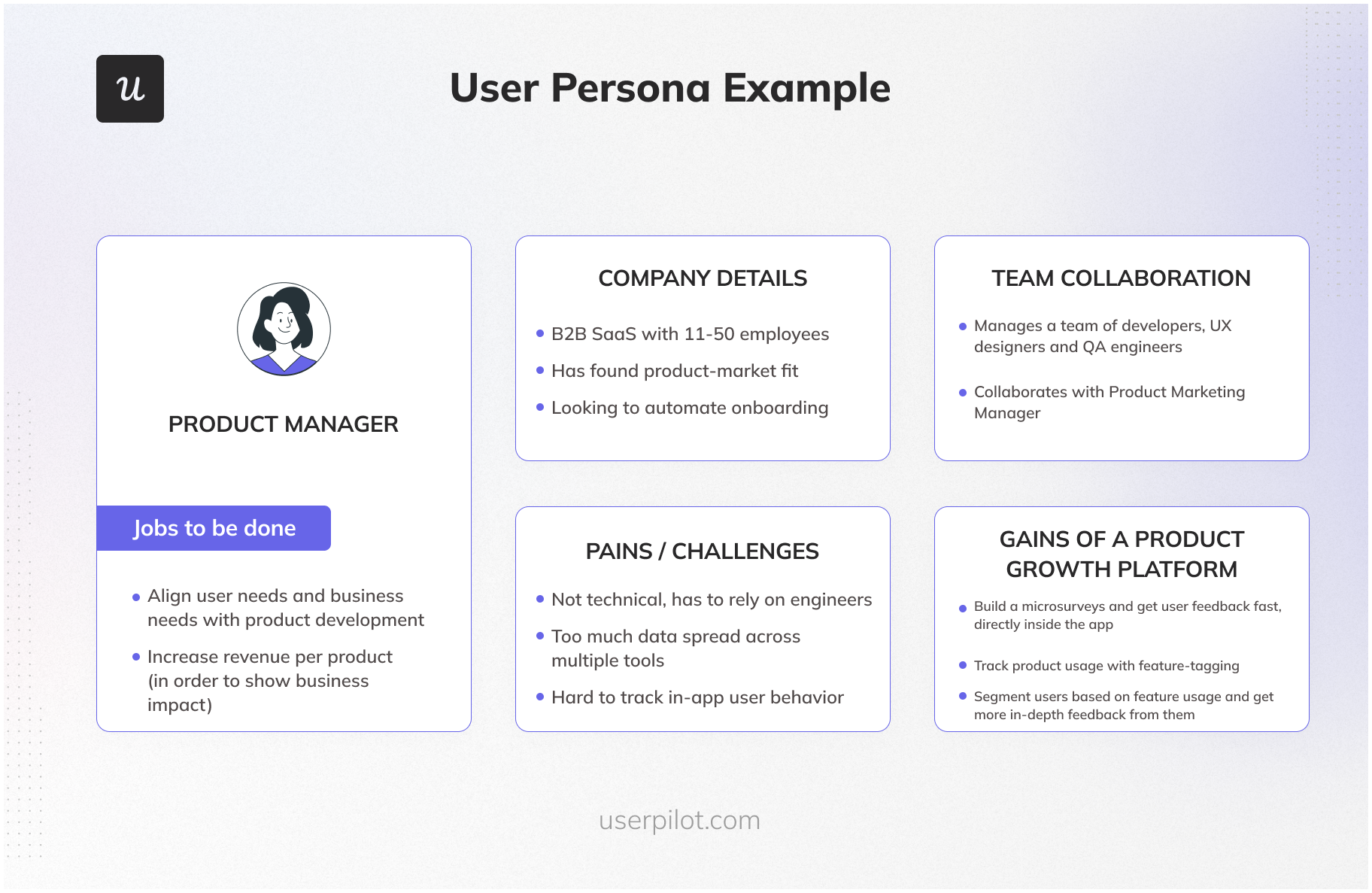
Audit your existing educational content to identify gaps
Once you create educational content, that doesn’t mean your job is over. To aid customer success, you have to continuously audit your content to understand what’s working and what’s not.
The question is, though, how and what do you audit? We’ve got the answer! Start by checking the customer engagement rates for the existing content. Content with either alarmingly high or low rates means there is a need for improvement.
You can also collect feedback. to measure customer satisfaction levels. Do this by adding a survey users can fill out after interacting with an educational resource. Such customer feedback will help uncover any gaps in your customer education process.
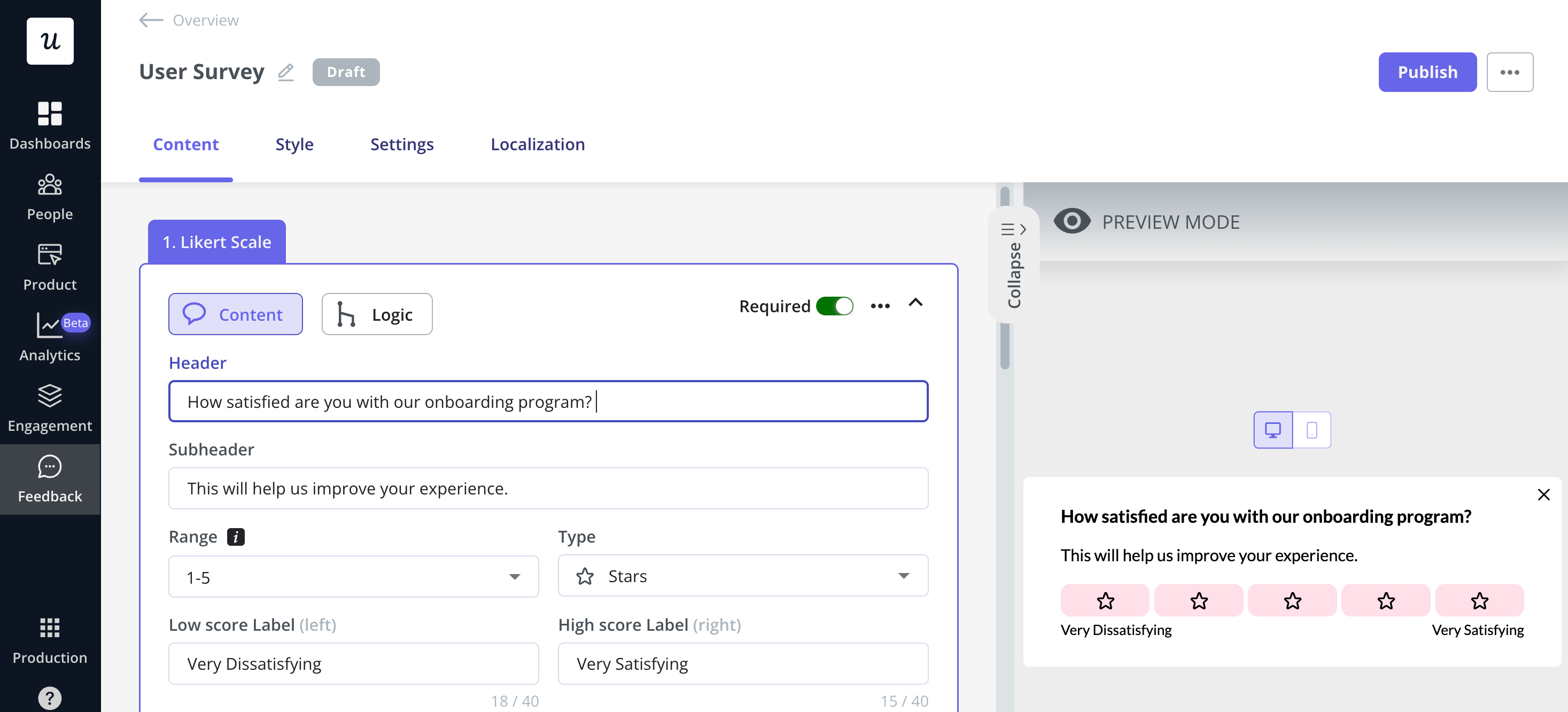
Create a robust customer education program with different resources
Besides auditing existing content, you also need to create new ones. However, don’t stick to just one type or format of content.
Different customers respond better to different content and user documentation types. While some may learn effectively by reading step-by-step guides, others might be visual learners requiring video tutorials.
Therefore, to design a customer education program that caters to all your customers, you have to provide several types of learning resources. Apart from guides and tutorials, your knowledge base should, at least, include articles, FAQs, release notes, customer experience videos, and product tours.
Segment users and engage them with relevant educational content
Improve your customer education program by providing users with content most relevant to them. To accomplish this, first, create customer segments. Having segments helps distill a more personalized experience since you only show customers content related to their specific issues.
For example, you can create a segment of all your disengaged users who recently tried using a feature but couldn’t accomplish anything. To improve engagement amongst this segment, trigger an interactive flow for that feature.
This way, you’re introducing them to highly personalized content, relevant to a current need. Once they have the solution in front of them, they’re sure to re-engage in no time.
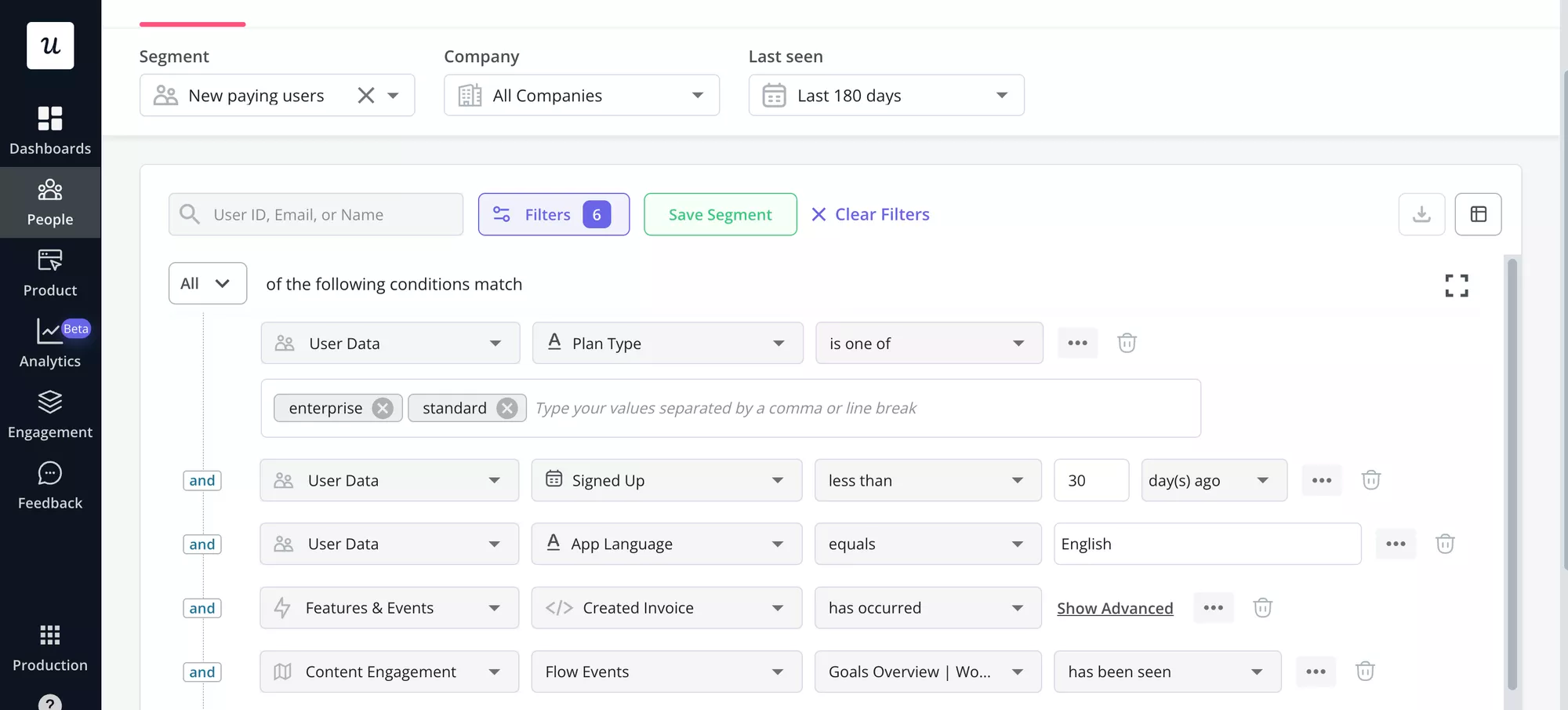
Measure the results and iterate your customer education programs
Once you’ve implemented your customer education strategy, it’s time to track the results to see how you’re doing.
Which KPI you pick to measure the results depends on what your goal for the strategy is. Some of the most common goals for customer education strategies are to:
- Reduce customer churn
- Increase lifetime value
- Drive customer retention
- Boost Net Promoter Score (NPS)
Based on the results, iterate your program to keep improving.
8 ways of leveraging customer education to reduce churn
By now, you’ve learned how to design your customer education program. But if your goal is to reduce churn, it’s important that you also learn how to utilize your customer education efforts to do just that.
That’s exactly what we cover next, discussing proven customer education tips that help reduce churn and build customer loyalty.
Guide users towards key actions with checklists
If you leave new customers on their own without any guidance, chances are they’re going to be confused and eventually churn.
Instead, help customers reduce time to value by showing them the actions they need to take to experience value. The quicker customers unlock value with your product, the less likely they are to churn.
A great way of doing this is through onboarding checklists. You can also personalize the checklists by collecting user information via welcome surveys and adding key features for each relevant segment.
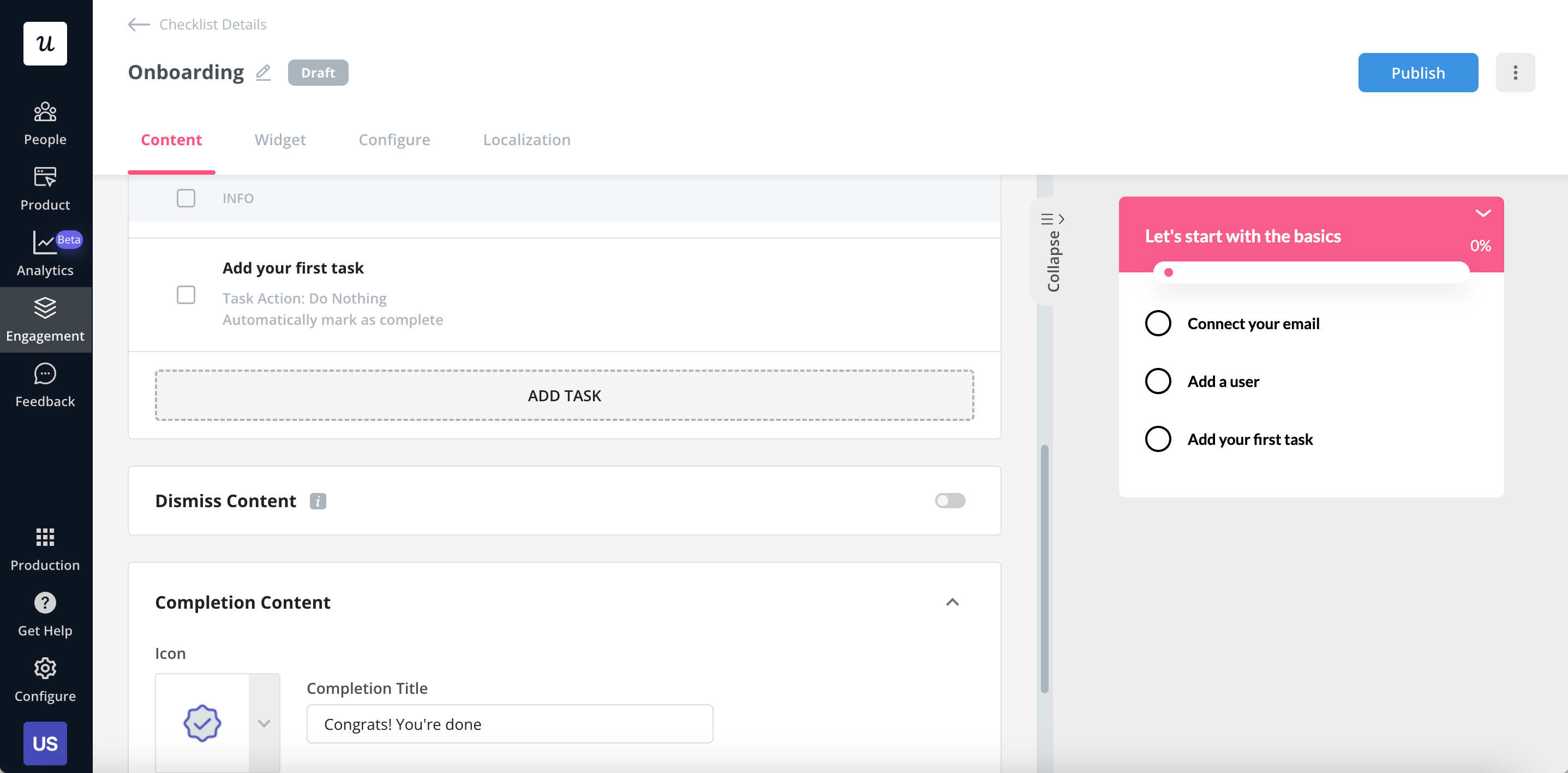
Use interactive walkthroughs to help users gain value from features instantly
Whenever customers face a new feature, there’s a technology learning curve they go through. This curve outlines all the stages customers pass through before reaching adoption.
If the curve is too long, i.e., it’s hard work learning your product, customers leave. To ensure that doesn’t happen, it’s best to couple checklists with interactive guides.
Interactive walkthroughs shorten the curve and help users adopt a feature more quickly. And with seamless adoption comes a lower risk of customer churn.
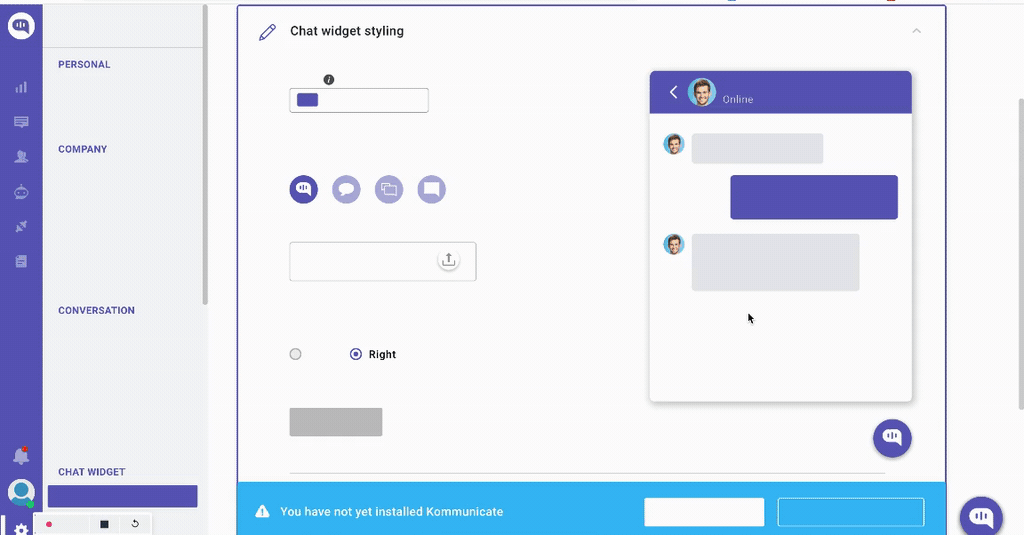
Use in-app video tutorials to educate customers
Most people now favor videos as their chosen form of content consumption. Even research shows that 72% of customers said they prefer to learn about a product or service through educational videos.
When you think about it, it makes sense. Seeing how to do something in a video tutorial is engaging and easy to replicate. So if you want to keep your customers around, give them what they want by creating video resources.
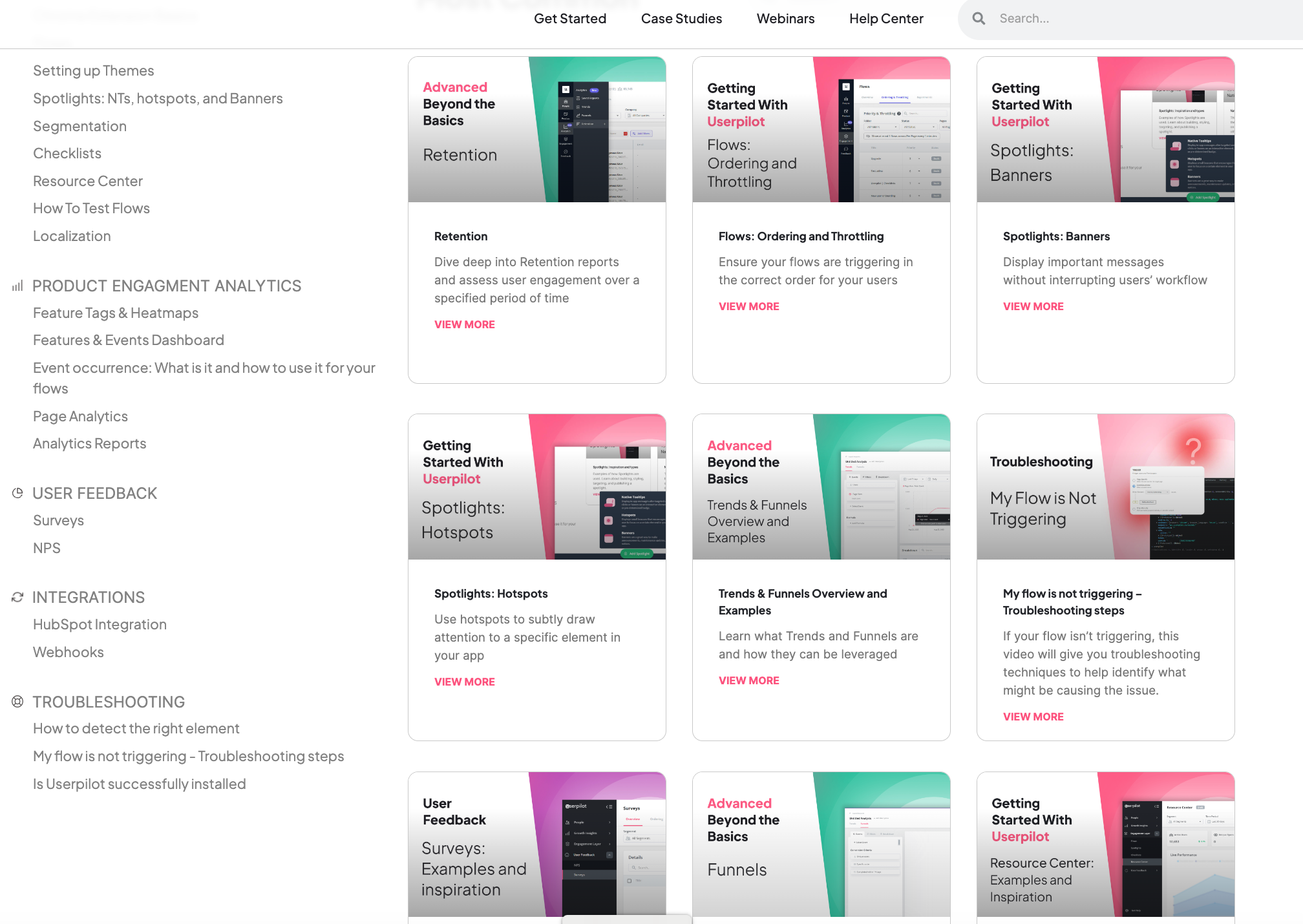
Help existing customers master advanced features with webinars
While educating new customers, don’t forget your existing ones! Help them unlock greater value through continuous onboarding to retain them long-term.
Do this by helping them master the advanced use case of your tool. Or help them troubleshoot on a webinar with your success team.
You can also personalize webinar invites by tracking user behavior to uncover friction points. Let’s say the customer is struggling with setting up purchase triggers. Once you know this, you can trigger a personalized webinar invite that discusses purchase triggers.
Offer on-demand help via a resource center to improve customer satisfaction
When customers run into an issue with your product, they don’t always want to reach out to the support team for help. Sometimes, that might waste the customer’s time or ruin their workflow, which could cause them to churn.
In fact, most SaaS users now prefer self-service, so they don’t have to wait for help. Instead, they can troubleshoot independently, solve the problem, and move on.
You can fulfill this expectation, and thereby increase customer satisfaction, by giving them exactly what they want – an in-app resource center with multiple formats of resources.
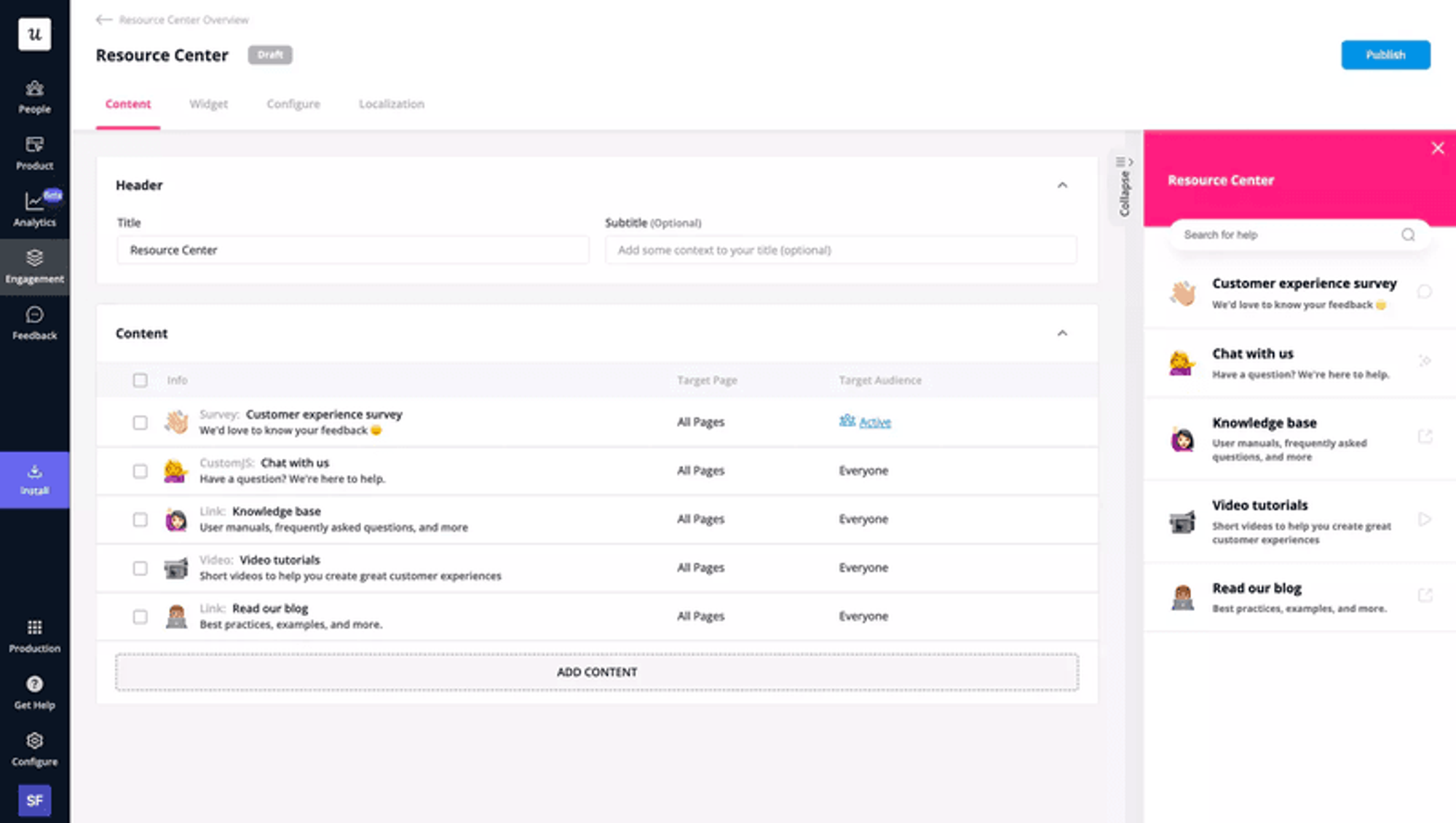
Trigger contextual in-app messages to guide across the interface
Even after a smooth onboarding, customers may struggle with a specific feature or UI element of your product. However, if there’s no guidance around, that small struggle becomes a friction point and eventually causes the customer to churn.
To avoid such customer churn, you can trigger in-app messages based on user actions. These messages help remove friction, explain UI/UX elements, offer support, and ultimately, increase customer success.
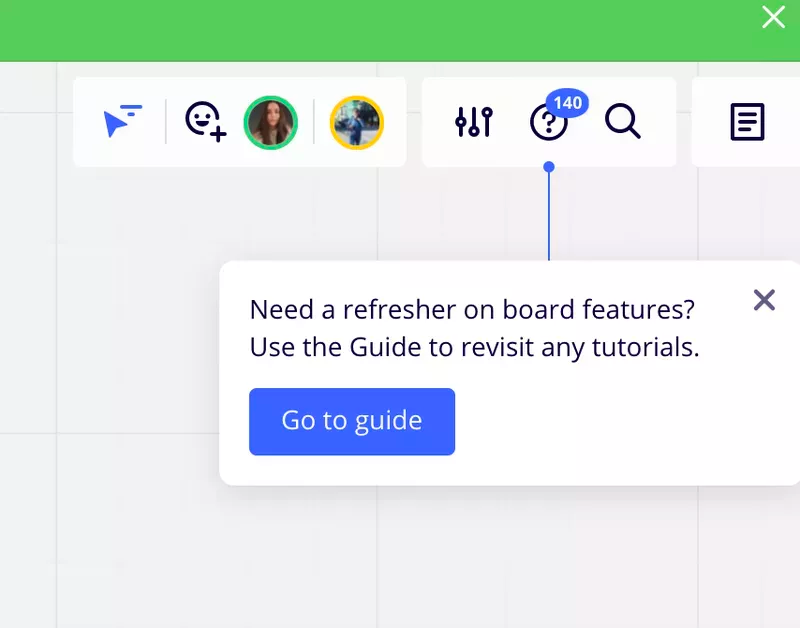
Leverage email marketing to drive customer success
Email remains a powerful medium through which you can engage your customers. Try sending customers educational emails with industry news, feature benefits, or product tips.
Email marketing is not only a great way of educating customers, but it also gives you a chance to remind disengaged users of what they’re missing out. You can use win-back emails to bring them back to the app, resurrect them by making them experience value, and thereby, prevent churn.
Provide extensive support with a digital community
Lastly, all the educational resources related to your product or service don’t have to come from you.
In conjunction with other resources, you can also create a digital space exclusive to your customers. Here, users can receive help from real people who may have faced similar challenges.
Being part of such a space will not only help customers with their issues but also provide a sense of community. In this way, the feeling of belonging to a larger supportive community will help enhance customer satisfaction and build your brand.
Conclusion
Prioritizing customer education is crucial for SaaS companies looking to reduce customer churn and improve retention. Developing a customer education program might sound like a daunting task. But as long as you keep all the steps and tips discussed above in mind, you’ll be good to go.
Just remember to start by getting a good grip on what your target audience needs and what resource formats they prefer. Lastly, keep iterating! All good customer education strategies need continuous improvements.
Want to start focusing on customer education? Get a Userpilot Demo and see how you can build a knowledge base that helps reduce churn.
